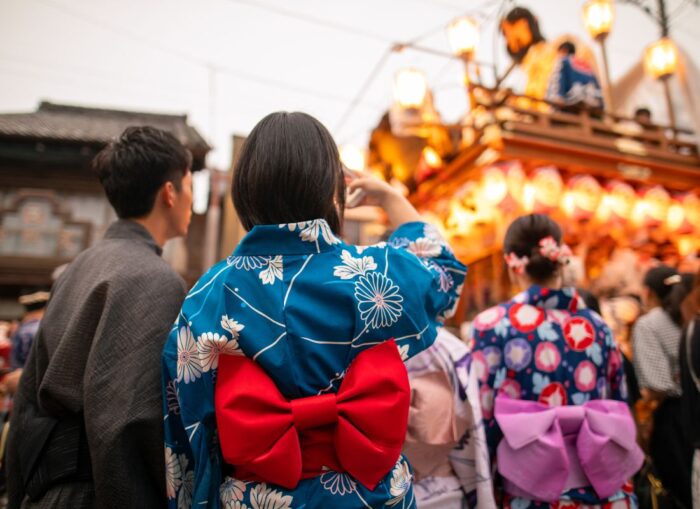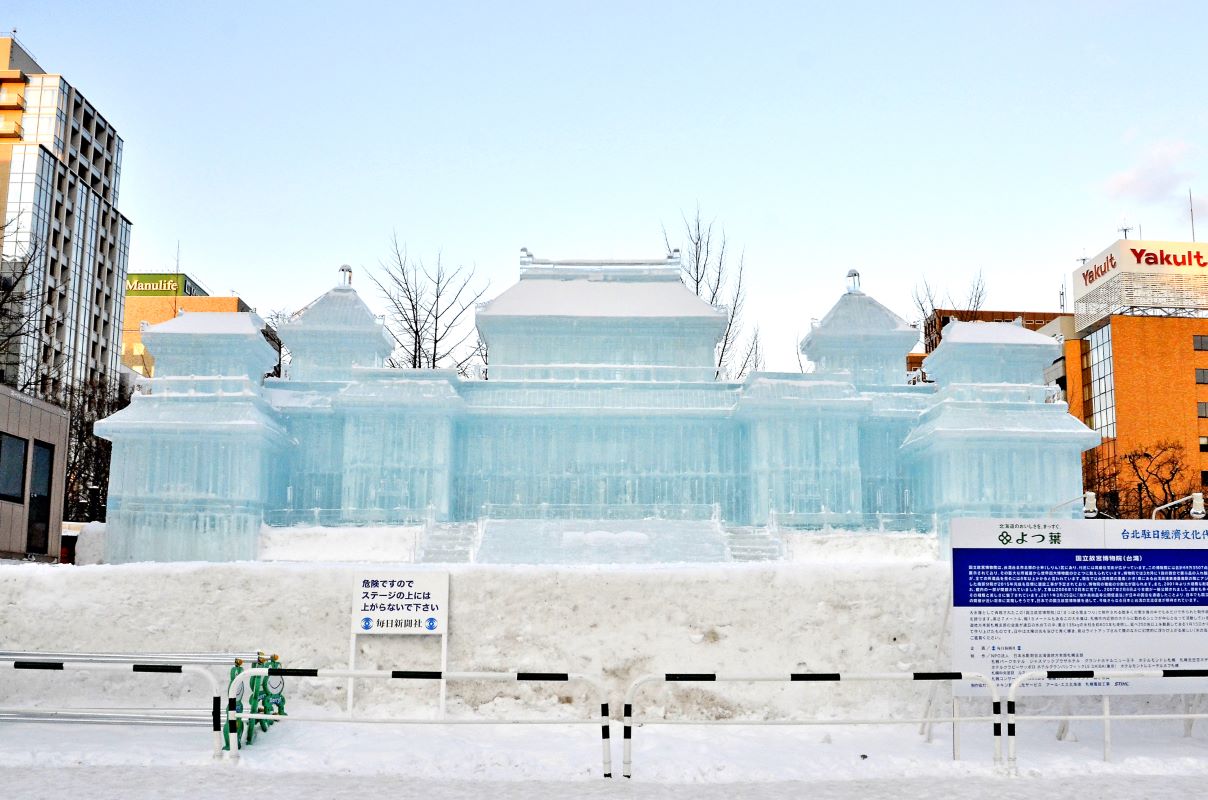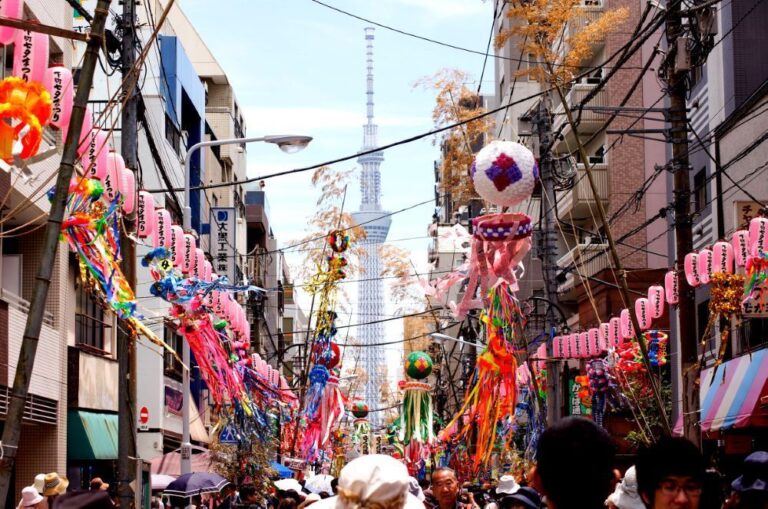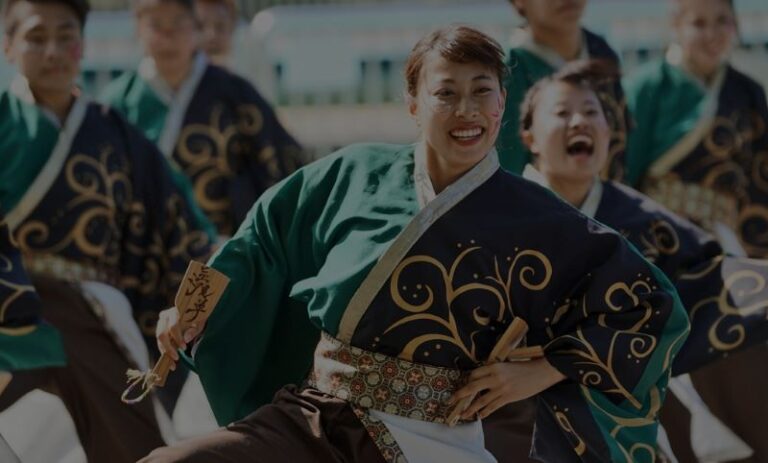Japanese festivals are a vibrant and integral part of the country’s culture. With over 300,000 festivals held every year, Japan has something to offer for everyone. These festivals, known as matsuri, are a celebration of the country’s rich history, traditions, and customs. They are held throughout the year, and each one has its unique theme, from cherry blossoms to lanterns and fireworks.
Whether you are a local or a tourist, attending a Japanese festival is a memorable experience. The festivals are a great way to immerse oneself in the country’s culture, meet new people, and try out traditional food and drinks. Some of the most popular festivals include the Gion Matsuri in Kyoto, the Nebuta Matsuri in Aomori, and the Sapporo Snow Festival in Hokkaido.
Planning a trip to Japan around a festival can be a great way to experience the country’s unique culture. This mega guide will provide an overview of some of the most popular and unique festivals in Japan, organized by month. Whether you are interested in traditional music, dance, food, or costumes, there is a festival in Japan that will cater to your interests.
Major Japanese Festivals
Japan is known for its vibrant and unique festivals that showcase the country’s rich cultural heritage. From snow festivals to cherry blossom festivals, there is something for everyone. Here are some of the major Japanese festivals:
Sapporo Snow Festival

The Sapporo Snow Festival is one of the most famous winter festivals in Japan. Held in February in Sapporo, the festival features intricate snow and ice sculptures that attract millions of visitors every year. The festival also includes food stands, live music, and other entertainment options.
Cherry Blossom Festival

The Cherry Blossom Festival, also known as Sakura Matsuri, is a celebration of the blooming of cherry blossom trees across Japan. The festival usually takes place in late March or early April and is a time when people come together to enjoy the beautiful pink flowers. Many parks and temples hold special events during this time, such as picnics and traditional Japanese performances.
Gion Matsuri

The Gion Matsuri is a month-long festival held in Kyoto in July. The festival dates back to the 9th century and is a celebration of the city’s culture and history. The festival features elaborate floats, traditional music and dance performances, and food stalls. The highlight of the festival is the Yamaboko Junko parade, where large, ornate floats are paraded through the streets.
Tenjin Matsuri
The Tenjin Matsuri is a summer festival held in Osaka in July. The festival is dedicated to the Tenmangu Shrine and is a celebration of learning and culture. The festival features a boat procession on the Okawa River, where participants dressed in traditional clothing paddle down the river. The festival also includes fireworks, food stalls, and traditional music and dance performances.
Awa Odori
The Awa Odori is a dance festival held in Tokushima in August. The festival is one of the largest dance festivals in Japan and attracts over a million visitors every year. The festival features traditional dance performances by groups of dancers known as ren. The dancers wear colorful clothing and perform intricate dances to the beat of taiko drums.
Regional Festivals
Hokkaido
Hokkaido, Japan’s northernmost island, is known for its beautiful scenery, hot springs, and winter sports. The Sapporo Snow Festival is one of the most famous winter festivals in Japan, held in early February. It features enormous snow sculptures that attract millions of visitors every year. The Yosakoi Soran Festival, held in June in Sapporo, is a lively dance festival with over 200 teams from all over Japan and overseas.
Tohoku
The Tohoku region is located in the northeast of Honshu, Japan’s main island. The Nebuta Festival in Aomori is one of the most famous festivals in Japan, held in early August. It features enormous illuminated floats depicting historical and mythical figures. The Hanagasa Festival in Yamagata, held in early August, is a colorful parade of dancers wearing straw hats decorated with flowers.
Kanto
The Kanto region is located in the eastern part of Honshu, including Tokyo and its surrounding prefectures. The Kanda Matsuri in Tokyo, held in mid-May, is one of the three great festivals of Tokyo, featuring a grand procession of mikoshi (portable shrines) and traditional performances. The Sanno Matsuri, also in Tokyo, held in mid-June, is another major festival featuring a procession of mikoshi and horseback archery.
Chubu
The Chubu region is located in the central part of Honshu, including Nagoya and its surrounding prefectures. The Takayama Matsuri in Gifu, held in April and October, is one of the most famous festivals in Japan, featuring ornate floats and traditional performances. The Enshu Daimyo Festival in Hamamatsu, held in early April, is a grand procession of samurai warriors and princesses.
Kansai
The Kansai region is located in the western part of Honshu, including Osaka, Kyoto, and Nara. The Gion Matsuri in Kyoto, held in July, is one of the three great festivals of Japan, featuring a grand procession of mikoshi and traditional performances. The Tenjin Matsuri in Osaka, held in late July, is another major festival featuring a procession of boats on the river and fireworks.
Chugoku
The Chugoku region is located in the western part of Honshu, including Hiroshima and its surrounding prefectures. The Hiroshima Peace Memorial Ceremony, held on August 6th every year, is a solemn ceremony to commemorate the victims of the atomic bombing of Hiroshima. The Kintai Bridge Festival in Iwakuni, held in late April, is a colorful festival featuring a procession of samurai warriors and traditional performances.
Shikoku
The Shikoku region is located in the southwest of Japan, consisting of four prefectures. The Awa Odori in Tokushima, held in August, is one of the largest dance festivals in Japan, featuring over 1.3 million dancers and spectators. The Otsuka Museum of Art in Naruto, Tokushima, is also worth a visit, showcasing over 1,000 reproductions of famous artworks from around the world.
Kyushu
The Kyushu region is located in the southwest of Japan, including Fukuoka, Nagasaki, and Kumamoto. The Hakata Dontaku Festival in Fukuoka, held in early May, is one of the largest festivals in Japan, featuring a grand procession of mikoshi and traditional performances. The Nagasaki Kunchi Festival in Nagasaki, held in October, is another major festival featuring a parade of floats and traditional performances.
Religious Festivals
Japanese festivals have deep roots in religion and spirituality, and many of them are held to honor and celebrate various deities and ancestors. Here are some of the most significant religious festivals in Japan:
Setsubun
Setsubun is a traditional festival that marks the beginning of spring in Japan. It is usually celebrated on February 3rd, and it is believed to ward off evil spirits and bring good luck for the coming year. One of the main events of the Setsubun festival is the mame-maki, or bean-throwing ceremony, in which roasted soybeans are thrown to drive away evil spirits.
Obon
Obon is a Buddhist festival that is held in the summer to honor the spirits of ancestors. It is believed that during this time, the spirits of the dead return to the world of the living to visit their families. Obon is usually celebrated in mid-August, and it is a time for families to come together and offer food and prayers to their ancestors. One of the main events of the Obon festival is the Bon Odori, or Bon dance, which is a traditional dance that is performed to welcome the spirits of the dead.
Shichi-Go-San
Shichi-Go-San is a traditional rite of passage ceremony for children in Japan. It is usually celebrated on November 15th, and it is a time for families to pray for the health and well-being of their children. Boys who are three and five years old, and girls who are three and seven years old, dress up in traditional clothing and visit a shrine with their families. They receive blessings from a priest and are given candy and other treats to celebrate their growth and good health.
Other Festivals
Aside from the major festivals mentioned above, Japan has many other festivals to offer. Here are a few:
Nebuta Matsuri

The Nebuta Matsuri is a summer festival held in the city of Aomori in northern Japan. The main attraction of the festival is the parade of large, illuminated floats. The floats are made of washi paper and depict various historical and mythical figures. The festival also includes music, dancing, and fireworks.
Yosakoi Matsuri
The Yosakoi Matsuri is a dance festival held in Kochi City on the island of Shikoku. The festival features teams of dancers, each with their own unique costumes and choreography. The dance style is a fusion of traditional Japanese dance and modern music. The festival also includes food stalls and other entertainment.
Kishiwada Danjiri Matsuri
The Kishiwada Danjiri Matsuri is a autumn festival held in the city of Kishiwada in Osaka Prefecture. The main attraction of the festival is the parade of large, wooden carts called danjiri. Each danjiri is pulled by a team of men and raced through the streets. The festival also includes food stalls and other entertainment.




